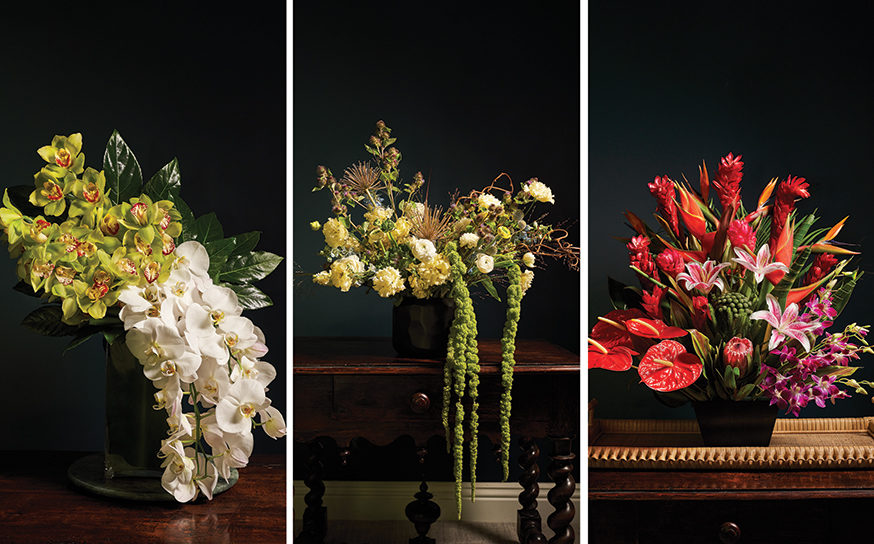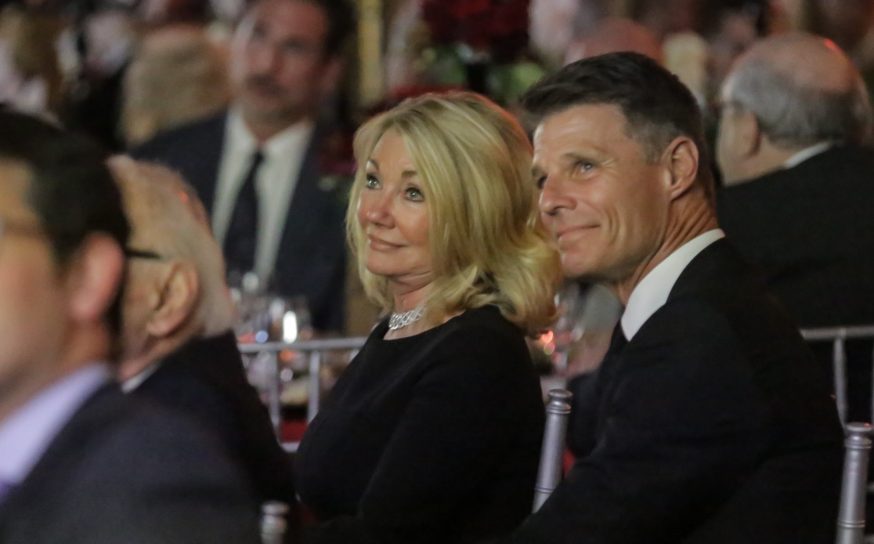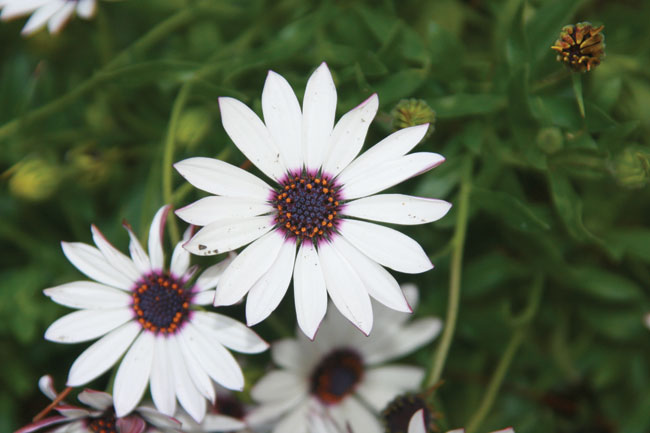
The Power of Perennials
Spring is the perfect time to fill the garden with gorgeous plants that can withstand our hot, dry summers, minimize water bills and return with a vengeance year after year.
-
CategoryUncategorized
-
Written byAngela Price
Like everything in life, Valley gardening involves trade-off. We want mind-blowing blossoms and explosive growth but need to be mindful of watering needs. However, with a few simple steps, there’s hardly any compromise with drought-tolerant perennials.
RULES OF THUMB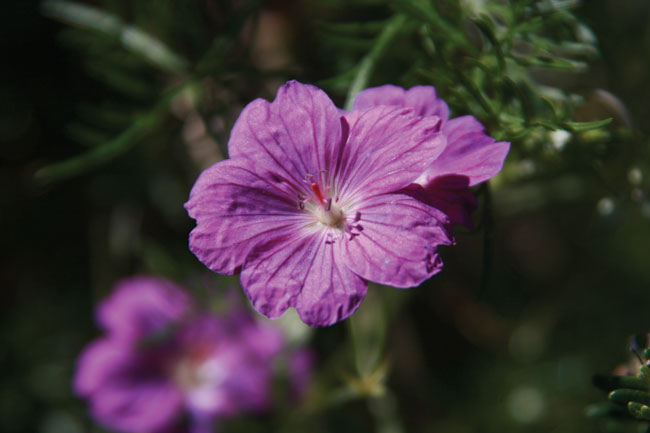
To get maximum enjoyment out of perennials, gardeners should follow a couple of simple guidelines. There’s perhaps nothing more important than puting the right plant in the right spot. Plant a sun-loving plant in the sun and a shade-loving plant in the shade. Do this, and you’re off to a good start.
Secondly, follow the watering and fertilizer directions on the pot. Lastly, try to choose plants that are native to Southern California or similar climates, such as the Mediterranean, South Africa or Australia.
PROS’ PICKS
When it comes to favorites, Kathryn Keene, owner of Greener By the Yard, loves Phormiums or New Zealand Flax. “They add great structure to a yard with their full, sword-like leaves. They’re also easy to divide and come in an interesting array of colors.”
John Lyons of The Woven Garden prefers native grasses. “Two terrific ones that are very imposing and architectural in the landscape are Muhlenbergia rigens, or Deer Grass, and Leymus condensatus, or Rye Grass ‘Canyon Prince.’ The soft, billowing plumes of both grasses add drama to the garden and attract birds.”
Ted Weiant, owner of Ted Weiant Landscape Design, fancies the sun-loving Aloe Speciosa. “It creates attention and conversation wherever planted. The first time I encountered this plant, it was in full bloom in a field, and I was stunned by its rare beauty,” Ted shares.
Beautifully shaped, the plant has a tilted head and grows on a trunk. Blossoms open in red and white stripes that are reminiscent of a barber’s pole. Ted suggests planting it leaning against a large rock or boulder (for support) and “creating a magnificent garden sculpture.”
5 Other lookers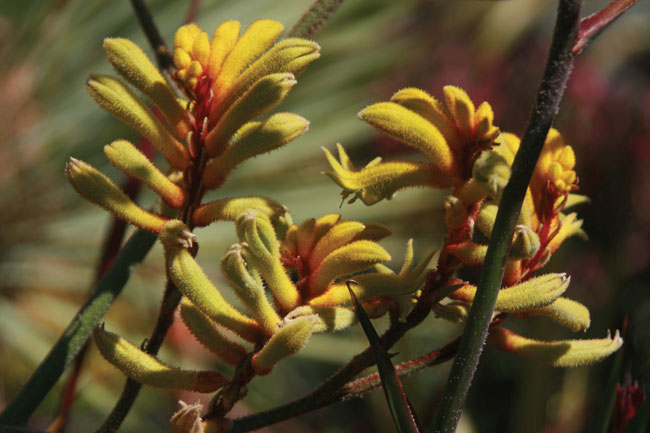
Lavender (Lavendula): One of the most versatile and fragrant perennials, lavender can be used as a hedge, border plant or in pots. It thrives in full sun with only moderate water and minimal fertilizer. While purple flowers are most common, some nurseries offer an eye-catching, white petal variety. Lavender can also be grown indoors by a sunny window as part of a kitchen herb garden or trimmed into a decorative topiary. The scent of lavender is said to calm the senses, and its flowers can be used for medicinal and culinary purposes. Lavender ice cream, anyone?
Kangaroo Paws (Anigozanthus): Named for its vibrant, fuzzy, paw-shaped flowers, this Australian native can tolerate sandy soil. It has fans of strap-like leaves, with flower shades of bright red, yellow, orange or pink. It blooms for months (spring through fall), which makes Kangaroo Paws ideal for background plantings in flower beds, along sunny walls or in large containers.
Lion’s Tail (Leonotis leonurus): The name Leonotis is derived from the Greek word leon (lion) and otis (ear), but its clusters of orange or creamy white flowers that grow up the stalks of this South African native more closely resemble the back end of the lion than its aural appendages. An excellent shrub to pair with lavender or Mexican sage, Lion’s Tail is extremely easy to grow and a favorite of hummingbirds but needs periodic pruning to stay tidy.
Mexican Sage (Salvia leucantha): With more than 100 varieties of Salvias, Mexican Sage is one of the most popular. It grows to four feet tall and wide and does best in full sun with little water. Hummingbirds and butterflies love its small white flowers that poke through velvety purple calyxes. Foliage is silvery green and should be severely cut back at the end of blooming season to encourage new growth.
Coral Bells (Heuchera): Coral Bells, with beautifully colored scalloped leaves and dainty flowers, are one of the best low-growing perennials for part shade and low to moderate water areas. Showy leaves vary from lemony green to almost black. Use as a ground cover, edging or in containers.







